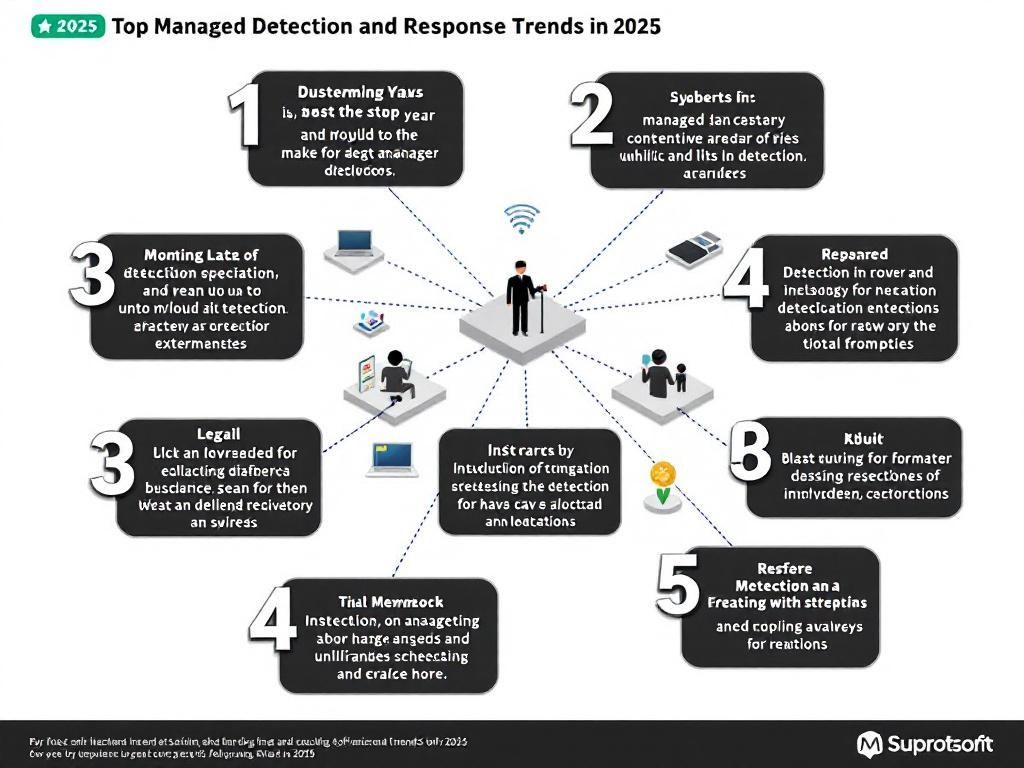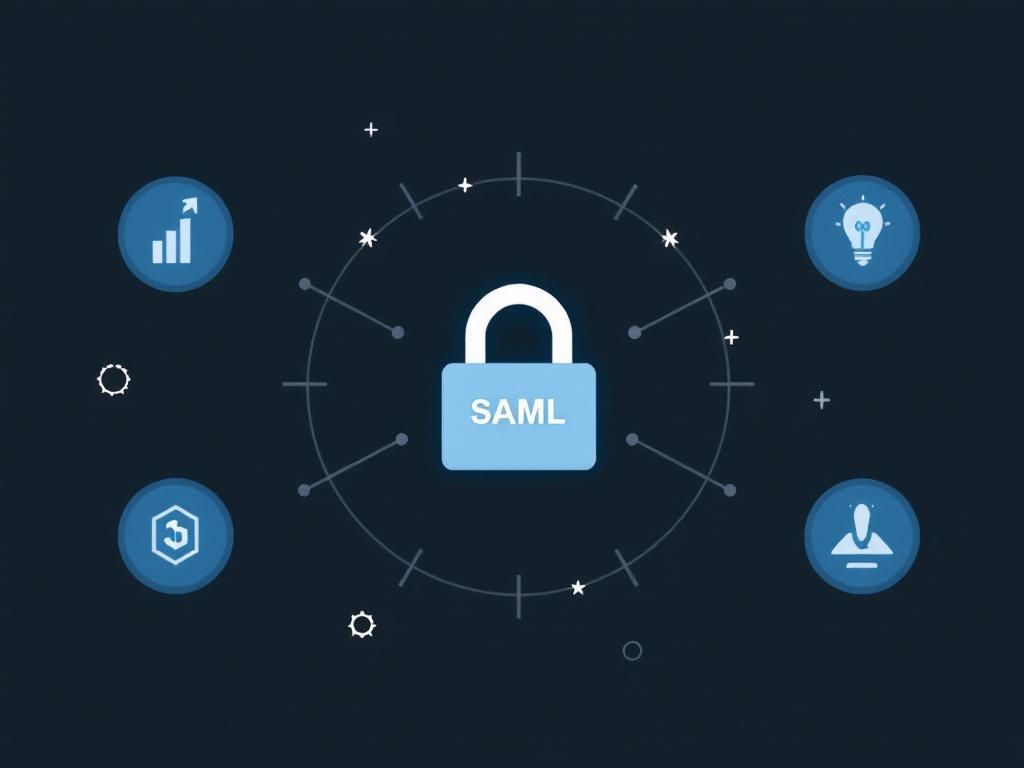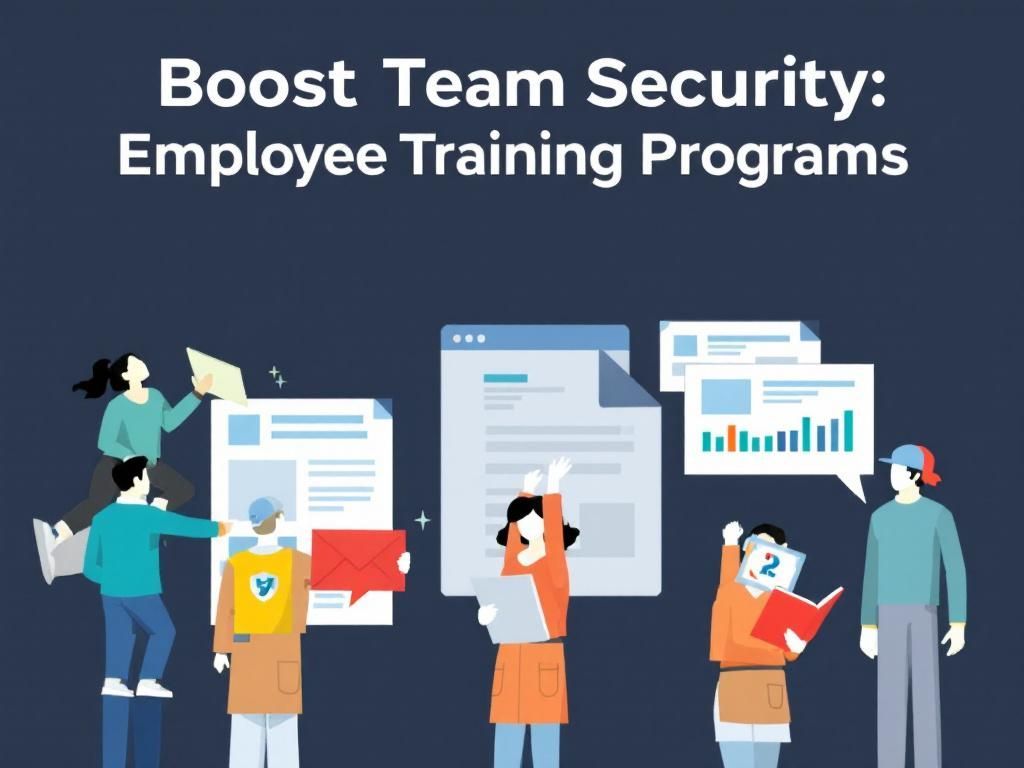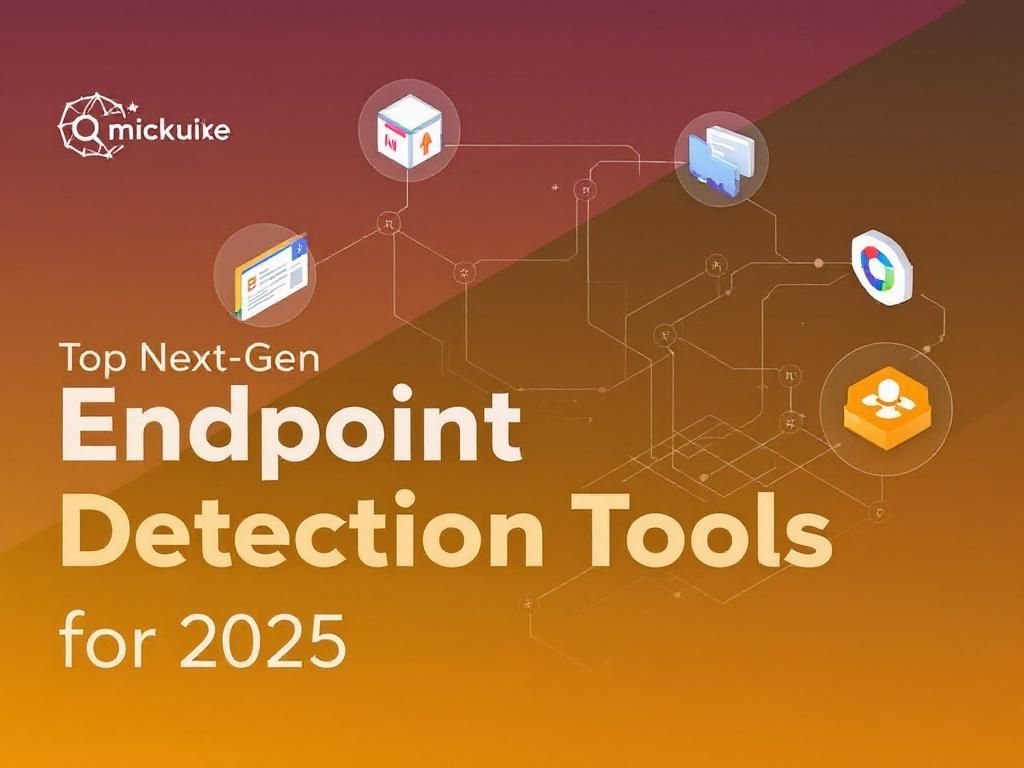Future-Proof Your Security with Next-Gen EDR
Discover how next-gen EDR solutions can enhance your security posture and protect against evolving threats effectively.

As the digital landscape continuously evolves, so do the threats that target organizations worldwide. Cybersecurity is no longer just an IT concern; it has become a fundamental aspect of business strategy. With the rise of sophisticated attacks, traditional antivirus solutions are proving inadequate. Enter Next-Generation Endpoint Detection and Response (EDR) solutions that promise not only to keep up with the escalating threats but also to anticipate them.
Table of Contents
Understanding Next-Gen EDR
Next-Gen EDR solutions go beyond basic malware detection. They offer a comprehensive approach that includes real-time monitoring, behavioral analysis, threat hunting, and automated incident response. This holistic approach allows organizations to identify and mitigate threats before they can cause significant harm.
Key Features of Next-Gen EDR
- Real-Time Threat Detection: Monitors endpoints continuously to detect suspicious activities or anomalies.
- Behavioral Analysis: Uses machine learning algorithms to identify patterns and deviations from normal behavior.
- Automated Response: Capable of taking pre-defined actions in response to detected threats without human intervention.
- Threat Hunting: Proactively searches for threats that may have bypassed traditional defenses.
- Integrated Forensics: Provides insights and logs that help in understanding the attack vector and impact.
The Importance of Endpoint Security
Endpoints are often the weakest link in an organization’s security posture. With the increase in remote work and BYOD (Bring Your Own Device) policies, ensuring the security of these endpoints is paramount. Next-Gen EDR solutions focus on securing the endpoints while providing visibility across the entire network.
Why Traditional Security Solutions Fall Short
Many organizations still rely on traditional antivirus software for their endpoint security. However, these solutions have notable limitations:
- Signature-Based Detection: Traditional antivirus relies heavily on known signatures, leaving organizations vulnerable to zero-day attacks.
- Lack of Visibility: Limited ability to monitor and analyze behavior across endpoints.
- Slow Response Times: Manual investigations can delay the response to an ongoing breach.
Choosing the Right Next-Gen EDR Solution
Not all EDR solutions are created equal. When selecting a Next-Gen EDR tool, consider the following criteria:
Key Considerations
| Criteria | Importance |
|---|---|
| Integration | Must seamlessly integrate with existing security infrastructure. |
| Scalability | Should easily scale along with your organization. |
| Usability | User-friendly interface for quick decision-making. |
| Support | Comprehensive customer support and resources for troubleshooting. |
| Cost | Evaluate the total cost of ownership including licensing and maintenance. |
Implementing Next-Gen EDR in Your Organization
Once you’ve chosen the right EDR solution, the next step is a smooth implementation. Follow these guidelines to ensure a successful rollout:
Implementation Steps
- Assessment: Assess your current security posture and identify gaps that EDR can fill.
- Planning: Develop a thorough implementation plan that includes timelines, responsibilities, and resource allocation.
- Deployment: Roll out the solution across all endpoints, ensuring minimal disruption to ongoing operations.
- Training: Train your team on how to effectively use the EDR solution and interpret alerts.
- Monitoring: Continuously monitor the performance of the EDR solution and make necessary adjustments.
Case Studies: Success with Next-Gen EDR
Many organizations have successfully adopted Next-Gen EDR solutions. Here are a few examples of how these tools have made a significant impact:
Case Study 1: Financial Institution
A leading financial institution faced a serious ransomware threat that compromised sensitive data. By implementing a Next-Gen EDR solution, they managed to detect the intrusion in real-time and automatically isolate affected systems, preventing data loss.
Case Study 2: Healthcare Provider
A healthcare provider struggled with frequent phishing attacks targeting their staff. After deploying an EDR solution with robust behavioral analysis capabilities, they significantly reduced the number of successful breaches and increased their incident response times.
Future Trends in EDR
The EDR landscape is continuously evolving. Here are some trends to watch for in the near future:
- AI and Machine Learning: Increased incorporation of AI to enhance threat detection and response times.
- Cloud Integration: Growing demand for EDR solutions that integrate seamlessly with cloud environments.
- Automated Remediation: Enhanced capabilities to automatically remediate threats without manual intervention.
- Extended Detection and Response (XDR): A shift towards EDR solutions that span beyond endpoints to include network and server security.
Conclusion
As cyber threats continue to evolve, the importance of robust endpoint security cannot be overstated. Next-Gen EDR solutions provide a comprehensive answer to the inadequacies of traditional security measures, offering proactive, intelligent defense mechanisms. By investing in these advanced technologies, organizations can not only protect their assets but also position themselves confidently for the future.
FAQ
What is next-gen EDR?
Next-gen EDR, or Endpoint Detection and Response, refers to advanced security solutions that provide real-time monitoring, detection, and response to cyber threats on endpoints, utilizing AI and machine learning for improved threat intelligence.
How does next-gen EDR improve security?
Next-gen EDR enhances security by offering automated threat detection, rapid incident response, and comprehensive visibility across endpoints, allowing organizations to proactively defend against sophisticated cyber attacks.
What are the key features of next-gen EDR?
Key features of next-gen EDR include behavior analysis, automated remediation, threat hunting capabilities, integrated threat intelligence, and support for cloud and hybrid environments.
Why is next-gen EDR essential for businesses today?
Next-gen EDR is essential for businesses today due to the increasing complexity of cyber threats, the rise of remote work, and the need for continuous protection and visibility across all endpoints.
How does next-gen EDR differ from traditional antivirus solutions?
Next-gen EDR differs from traditional antivirus solutions by focusing on behavior-based detection and response, rather than relying solely on signature-based detection, making it more effective against modern, evolving threats.
Can next-gen EDR integrate with existing security tools?
Yes, next-gen EDR can integrate with existing security tools, such as SIEM systems and firewalls, to enhance overall security posture and facilitate a coordinated response to incidents.








